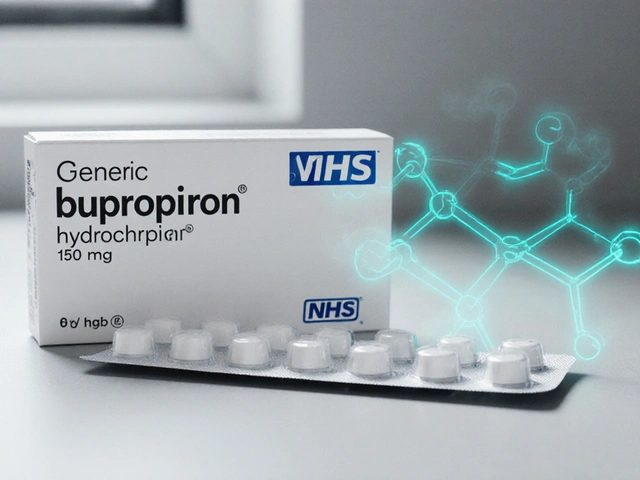Short-Acting Bronchodilator: Fast Relief Overview
When working with short-acting bronchodilator, a medication that quickly relaxes airway muscles to open breathing passages, typically used for sudden breathing problems. Also known as rescue inhaler, it belongs to the beta‑2 agonist class and is commonly delivered via metered‑dose inhalers or nebulizers. Popular drugs such as albuterol and levalbuterol provide relief within minutes.
If you need quick relief, a short-acting bronchodilator is your go‑to. It works by binding to beta‑2 receptors in the lung smooth muscle, causing a rapid drop in tension and widening the airways. This mechanism makes it ideal for sudden asthma attacks, COPD flare‑ups, or any situation where breathing suddenly gets tough. The effect kicks in in 5‑10 minutes and lasts about 4‑6 hours, so you get enough time to seek further medical care if needed.
Short-acting bronchodilators are often paired with long‑acting controllers. While the rescue inhaler handles the emergency, a maintenance medication (like a long‑acting beta‑agonist or inhaled corticosteroid) tackles the underlying inflammation. Understanding this partnership helps patients avoid over‑reliance on rescue meds, which can mask worsening disease.
Choosing the right device matters, too. Metered‑dose inhalers (MDIs) are portable and work well with spacers, while nebulizers deliver medication through a fine mist, useful for young children or severe attacks when coordination is difficult. Each option delivers the same drug, but the technique and dosage can differ, so proper training is essential.
What You'll Find Below
Below you’ll discover articles that dive deeper into specific short‑acting bronchodilators, compare albuterol with other rescue options, explain how to use inhalers correctly, and explore the latest guidelines for asthma and COPD management. Whether you’re looking for dosing tips, side‑effect warnings, or the best price for a generic version, the collection has you covered.
How to Prepare for a Bronchospasm Emergency: Step‑by‑Step Guide
Learn how to recognize, treat, and prevent bronchospasm emergencies with step‑by‑step action plans, essential supplies, inhaler technique tips, and when to call ambulance.
View More




